"We can't solve our problems by using the same kind of thinking we used to create them." Albert Einstein
The consequences of global mass production, with a six-fold increase in collection rhythms from 2000 to 2010, have highlighted some of the downsides of today's textile industry. The continuous shortening of fashion cycles, the exploitation of natural resources without regard for the environment and increasing CO2-emissions have led to the fact that today's fashion industry is also an ever-increasing environmental problem. The title 'Next Fashion', the design of future fashion, is derived from these problematic issues. The quote mentioned at the beginning points out that one should get rid of the problem-causing way of thinking in order to be able to initiate a change. For this reason, the current fashion system and the drivers of this industry will be critically examined in my paper. In this context, the term sustainable fashion is first defined and the turning point of the current fashion system towards a more sustainable and transparent one is analyzed. In doing so, the question of 'Next Fashion', the future shape of the fashion system, is further raised based on predictions of the future sustainable fashion world. For the betterment of the fashion industry, many challenges need to be accepted and procedures need to be changed. In the sense of the change to 'Next Fashion', this role is no longer only about the aesthetics, but also about the responsible design of a collection. This leads to my question: How far is it possible for me as a designer to act sustainably in my design process?
Responsible design in design is composed of choices in material selection, resources used, dyeing process, production conditions, transportation, and post-use disposal considerations.
From my extensive material research, I have taken my most important Nachhatligkeit aspects. In the current system of fashion, many interconnections between systems arise, resulting in a complexity problem. Using Luhmann's theory I tried to select the complex issue of sustainability for my bachelor collection among my parameters and reduce it to a simple modular system. Through the approach of systems I managed to separate myself from the current fashion system and to work with a new system. In this system, the connections of the elements are modular in themselves.
The design emerges and interacts from three levels: the design or form language, the material and the sustainability aspects I have selected. The respective elements are combined from one level into a cluster and later reinterpreted in the individual pieces of my collection. By rethinking, new approaches to solutions can be created.The aim of the collection is to present a proposed solution to the problem of sustainability in the current fashion system: a durable and sustainable collection. There is no one "right" answer to the seemingly insurmountable contradictions in fashion. Rather, several approaches to solving the problems can be proposed. Especially for us designers, an appeal to responsibility and the impact of our decisions on ecology, social issues and economy is a necessity. We can see these problems as an opportunity and use imagination as a tool to create something new for the future.
"Imagination is more important than knowledge, because knowledge is limited"
Albert Einstein
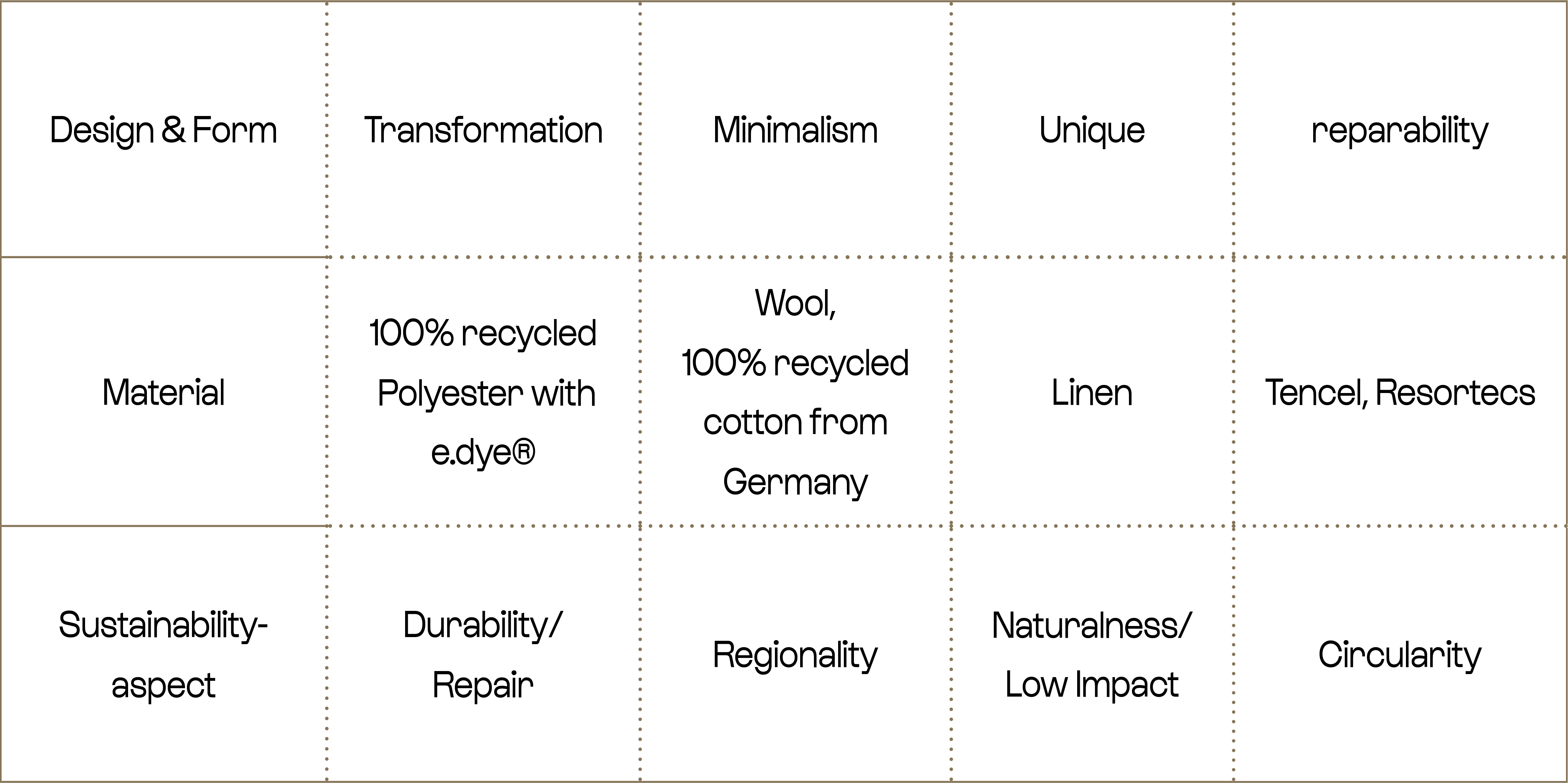
CONCEPT
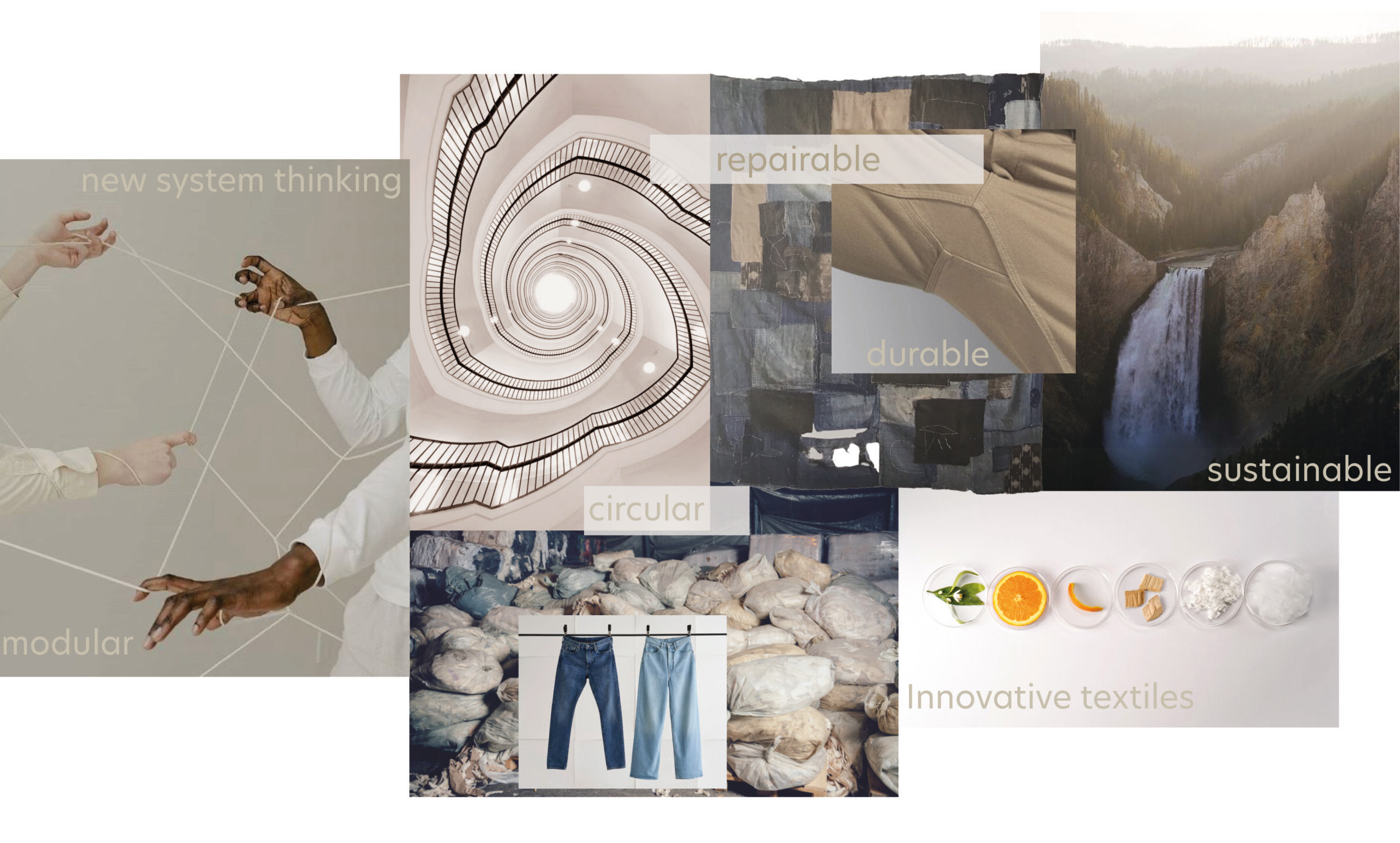
MOOD
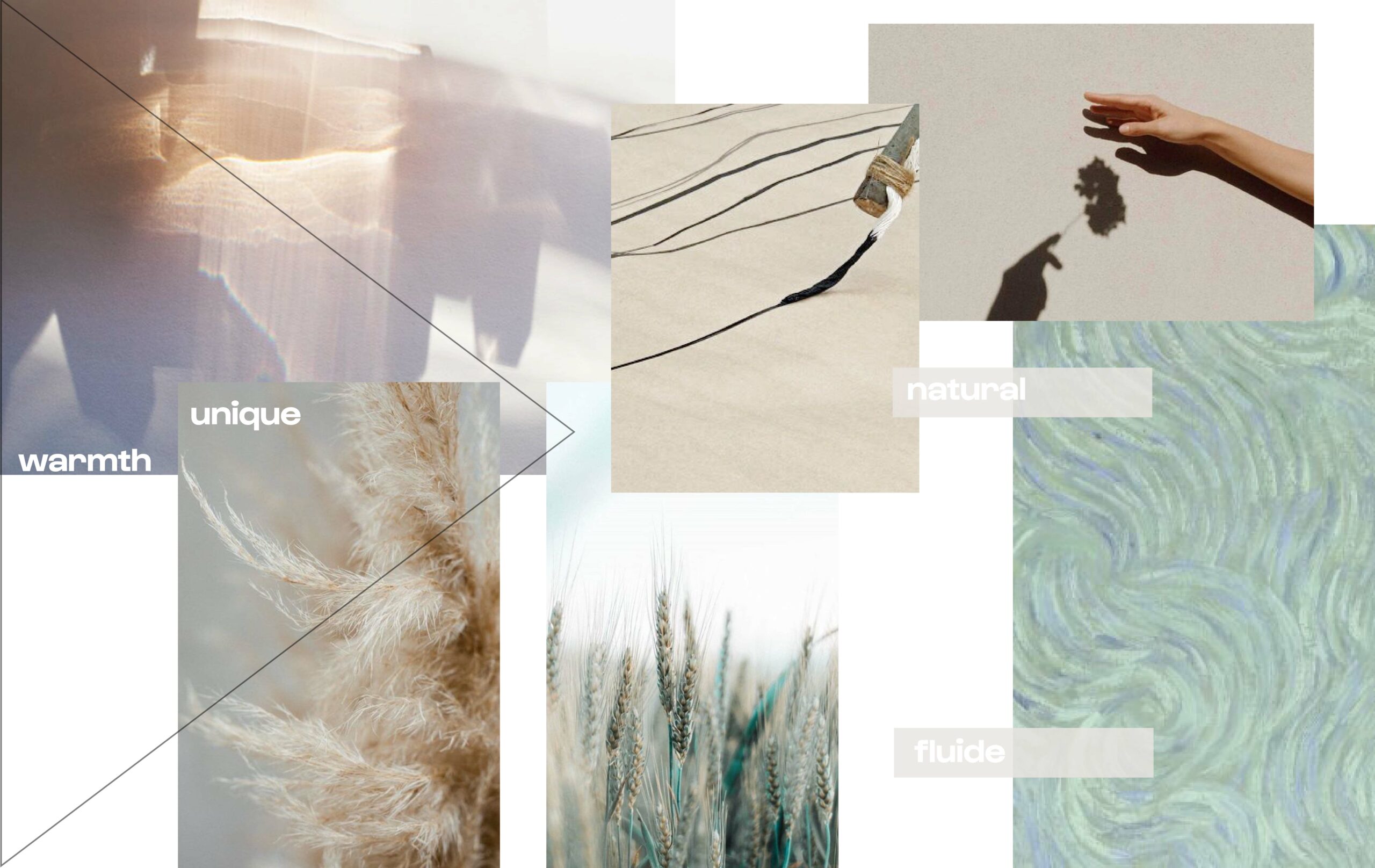
COLOR
The color chart was developed on the one hand from the coloring experiments and on the other hand from timeless colors. The combination of timeless colors with color accents results in a harmonious dynamic and aesthetic.
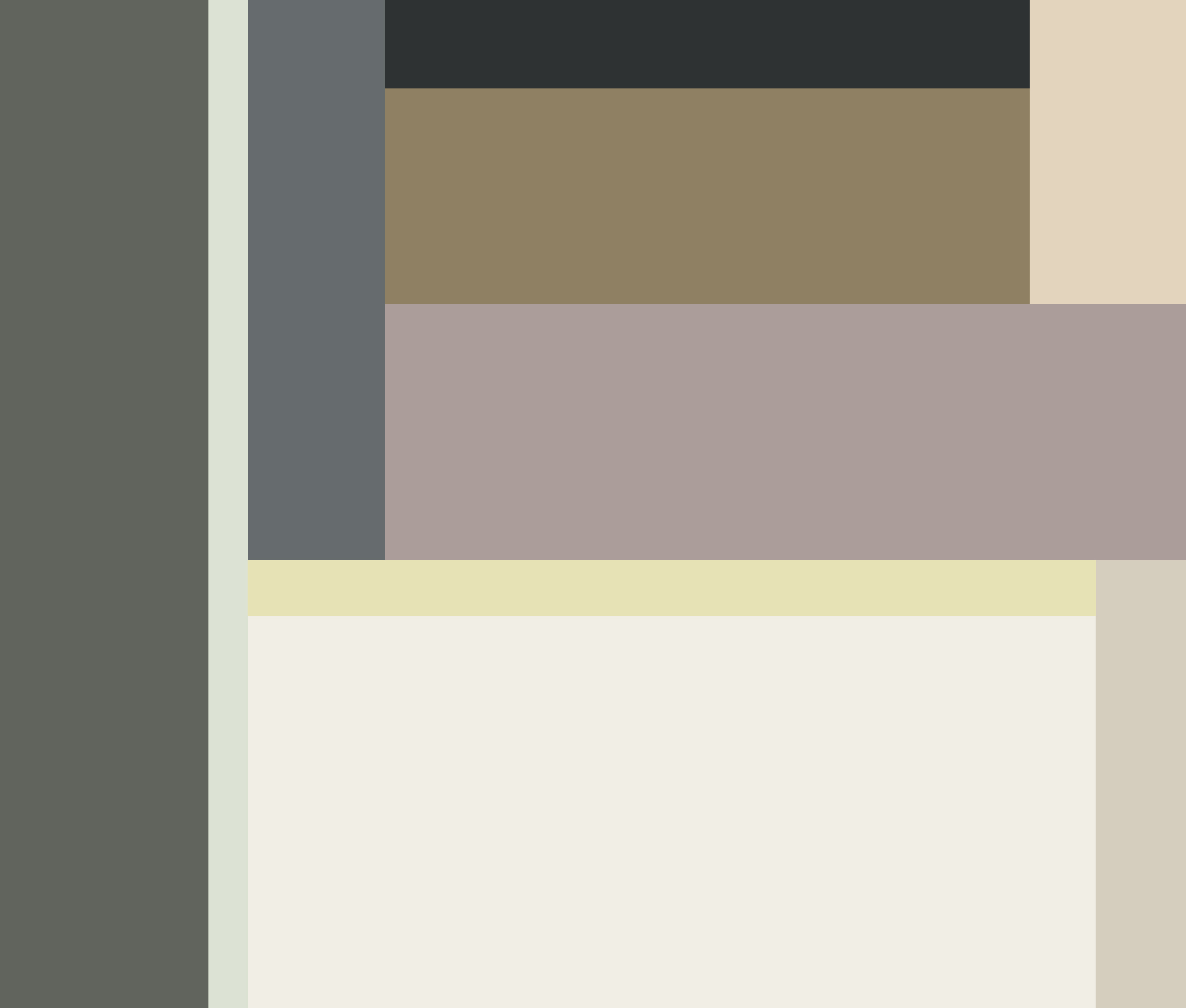
NATURAL DYING

COFFEE DYING

WOOL DYING

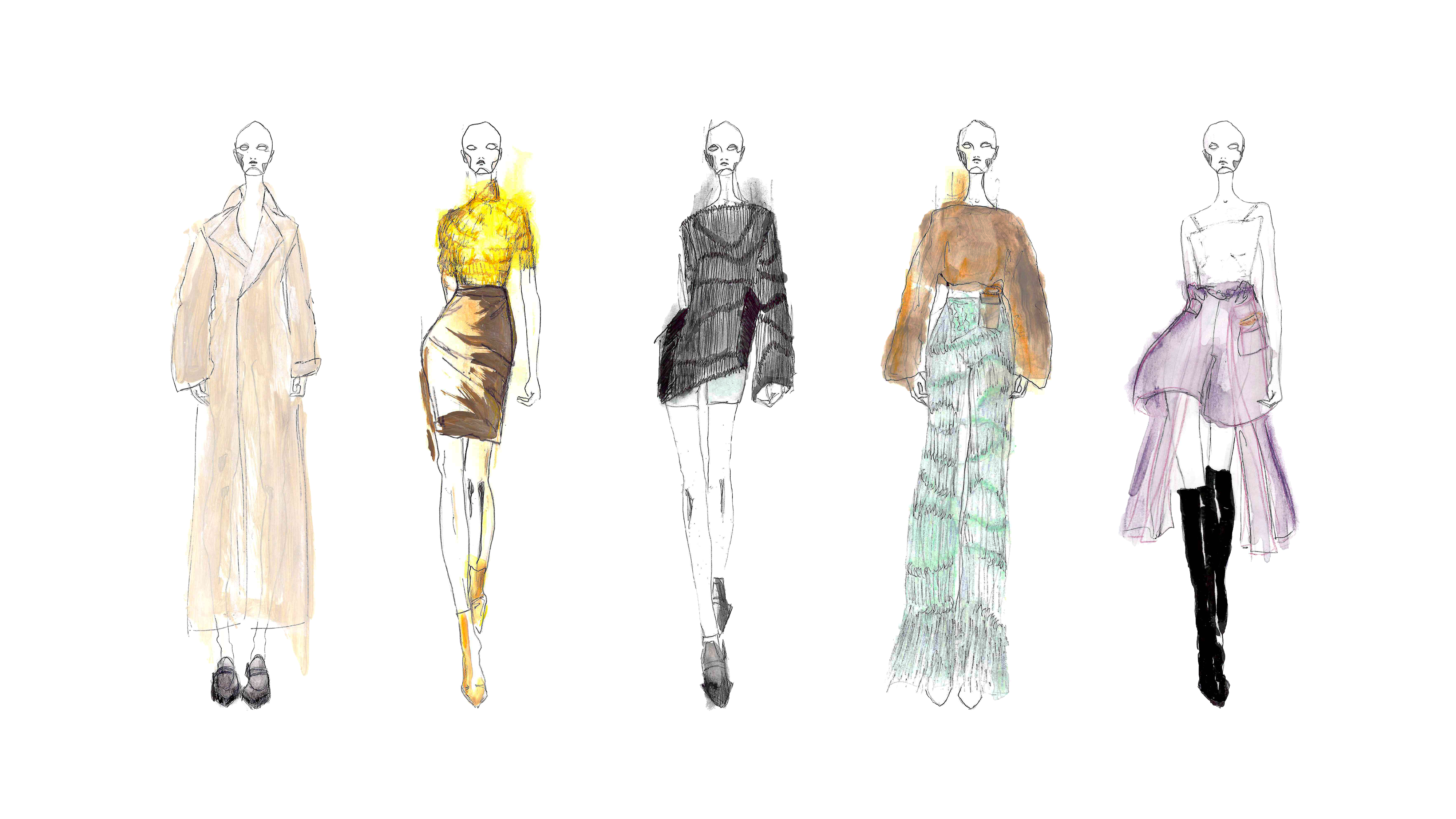
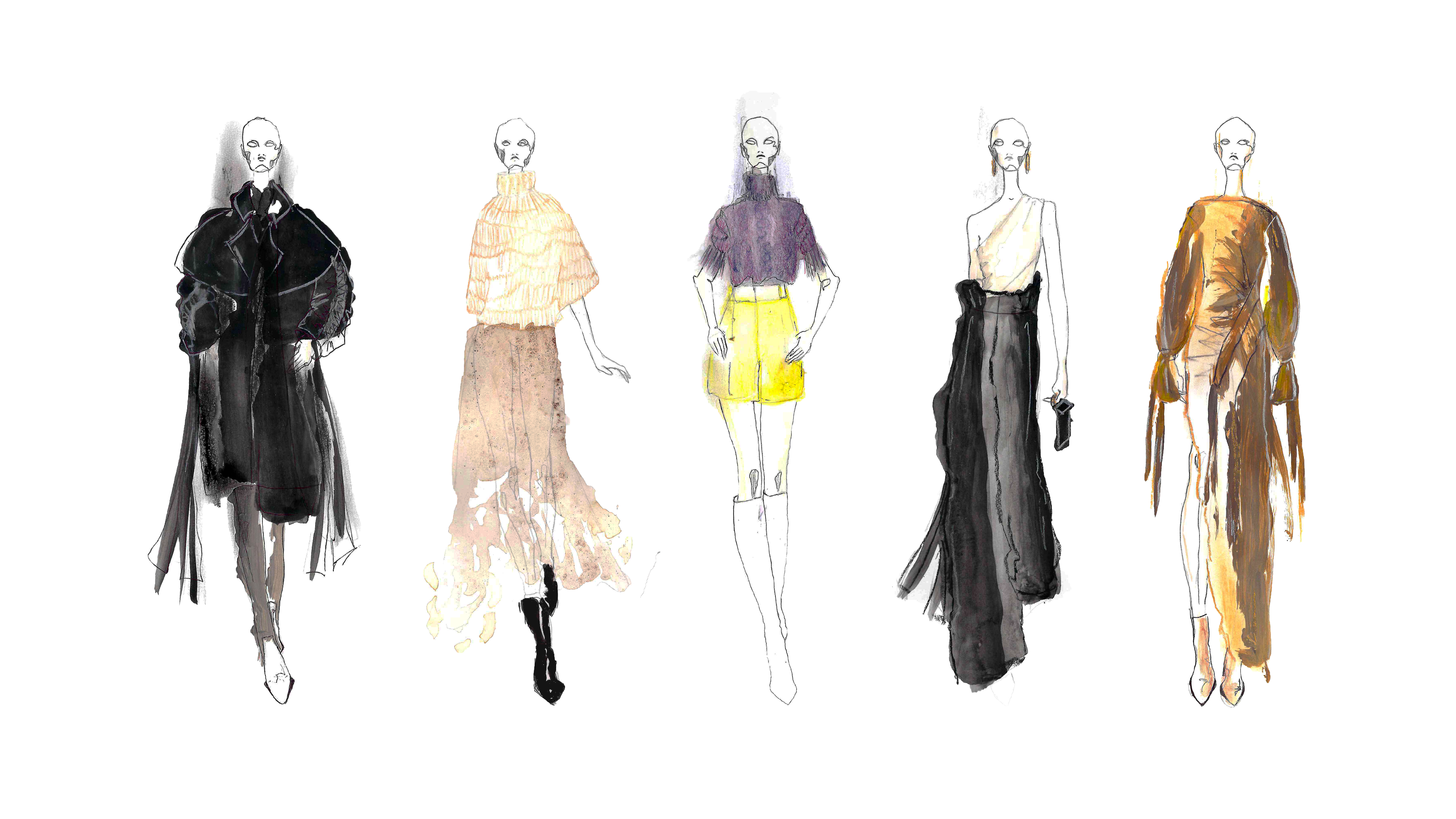
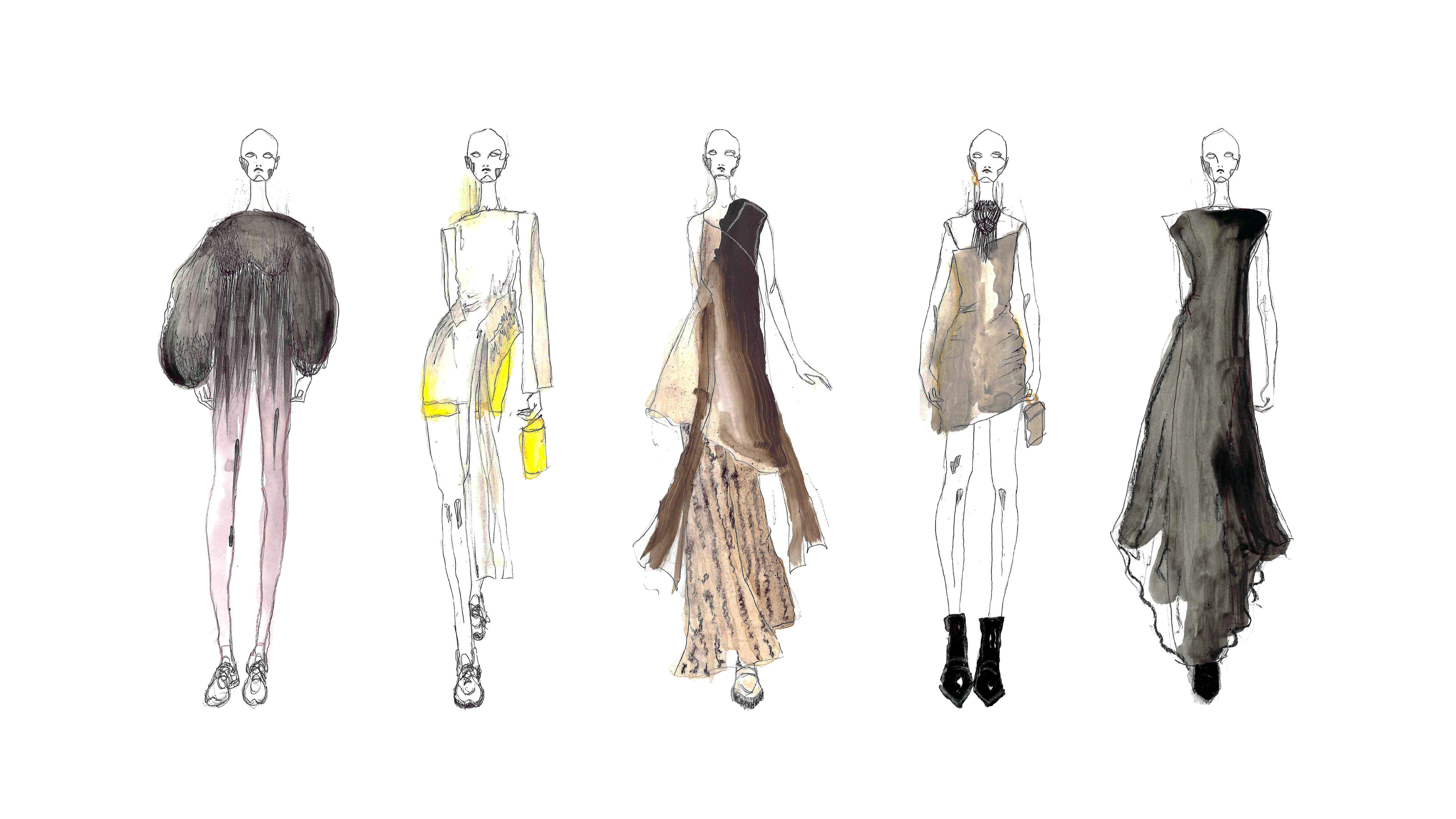
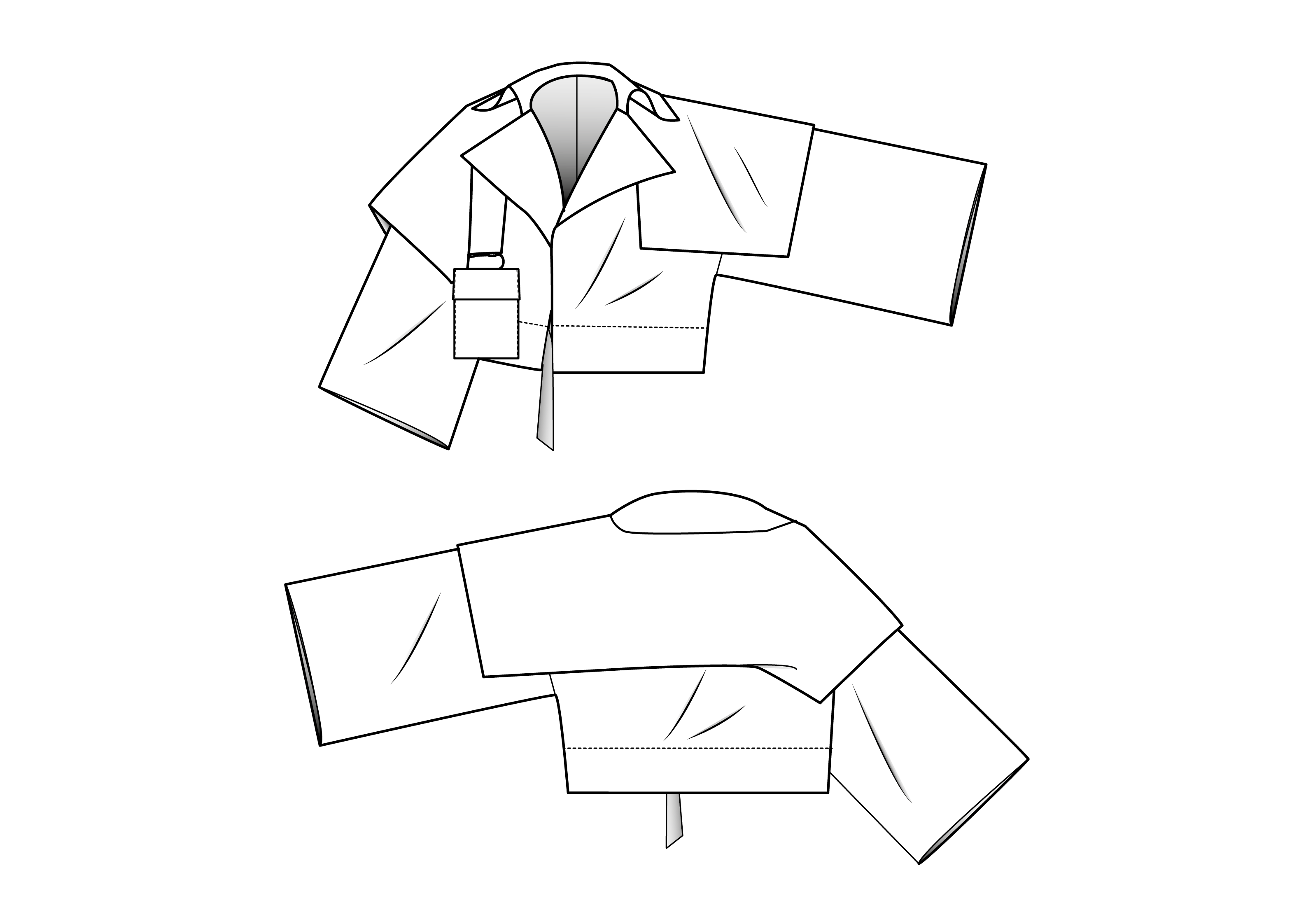
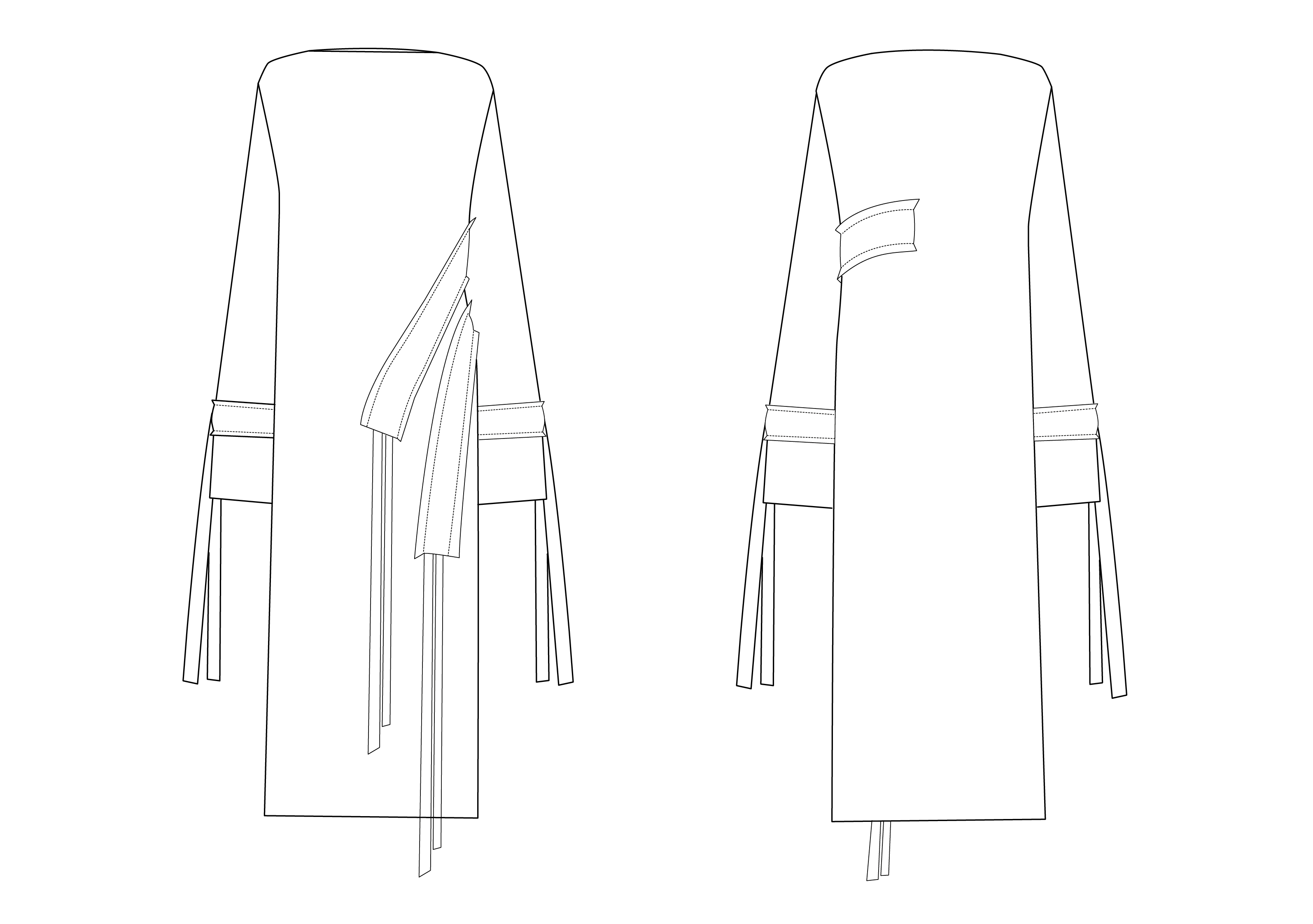
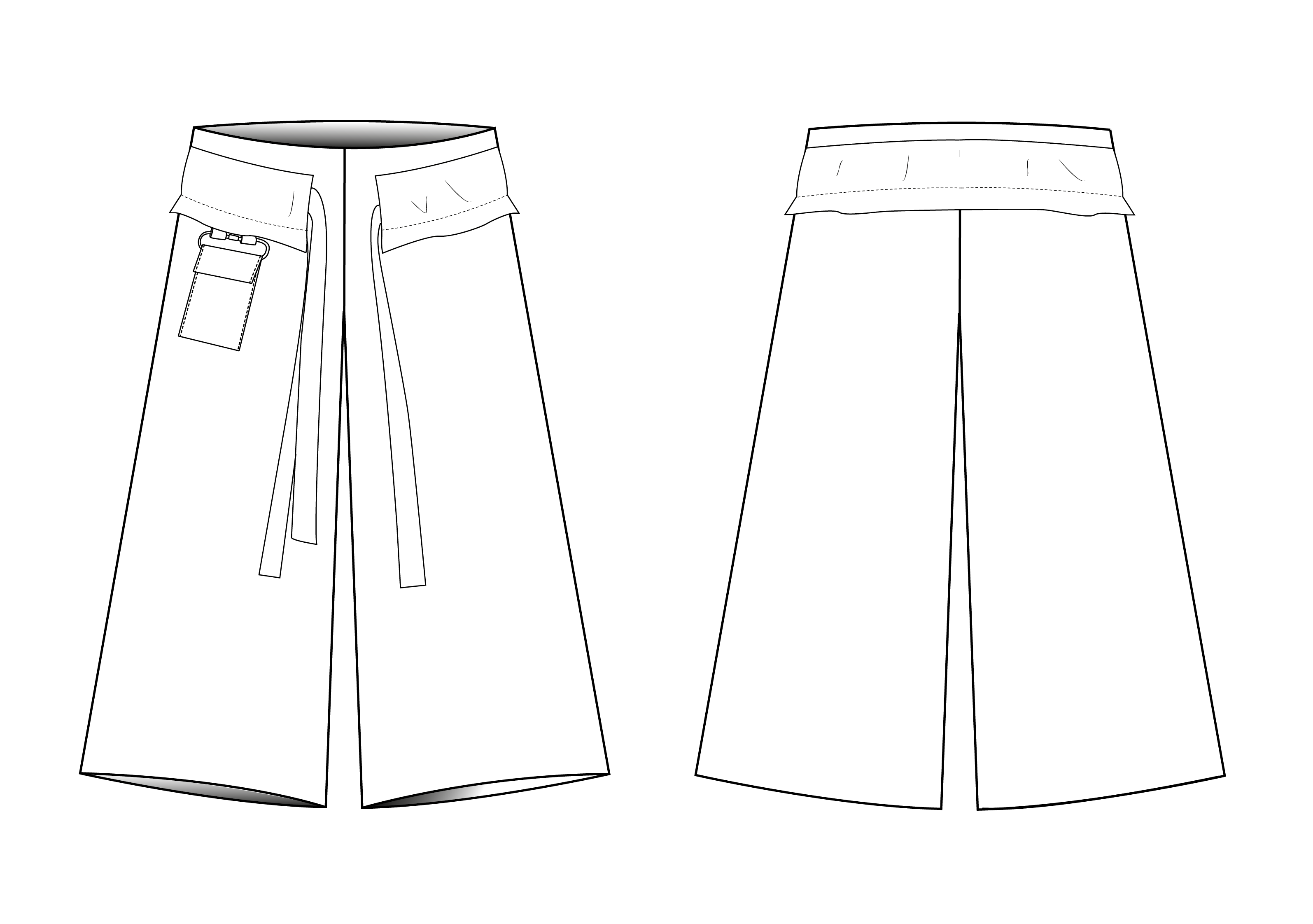
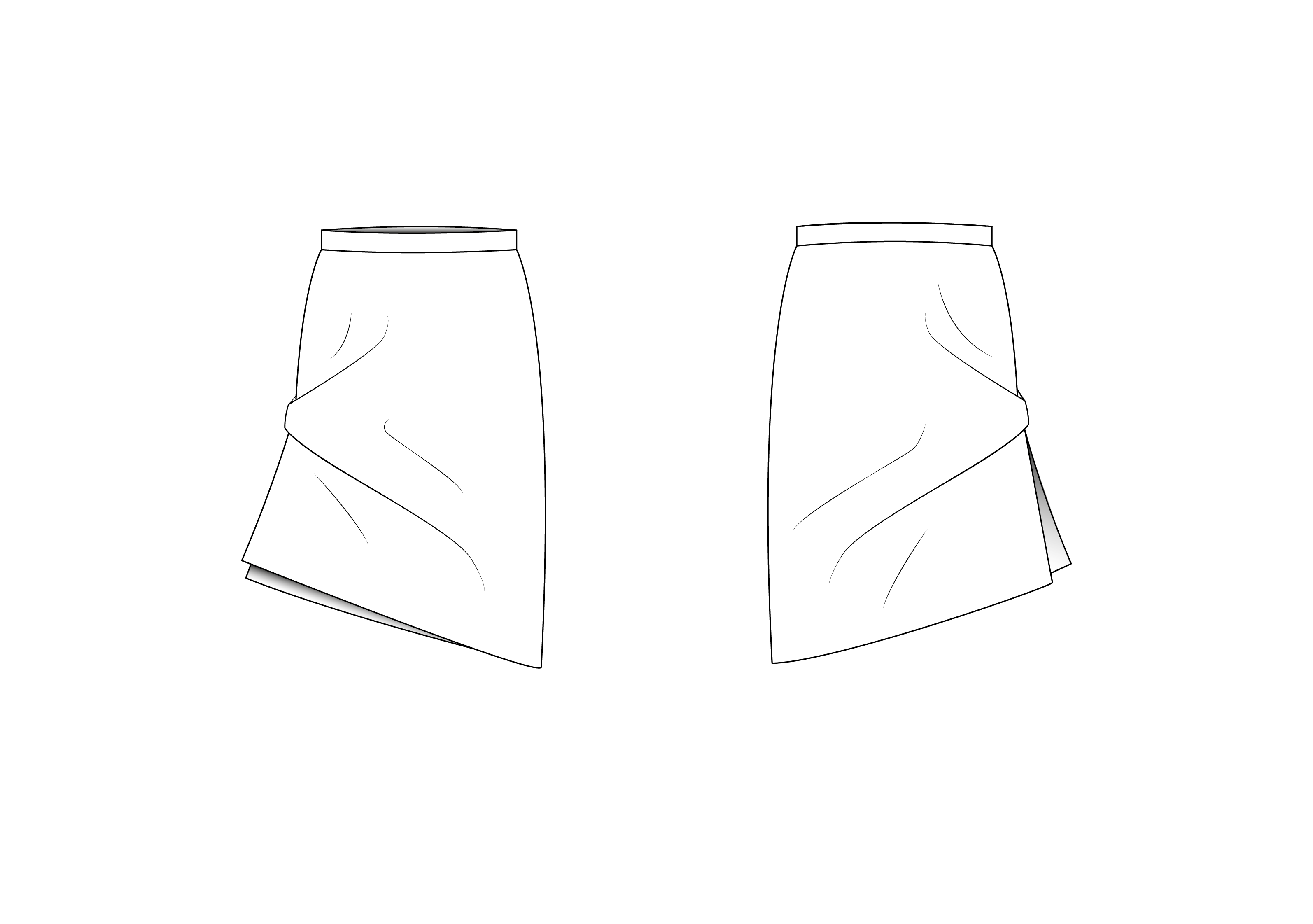
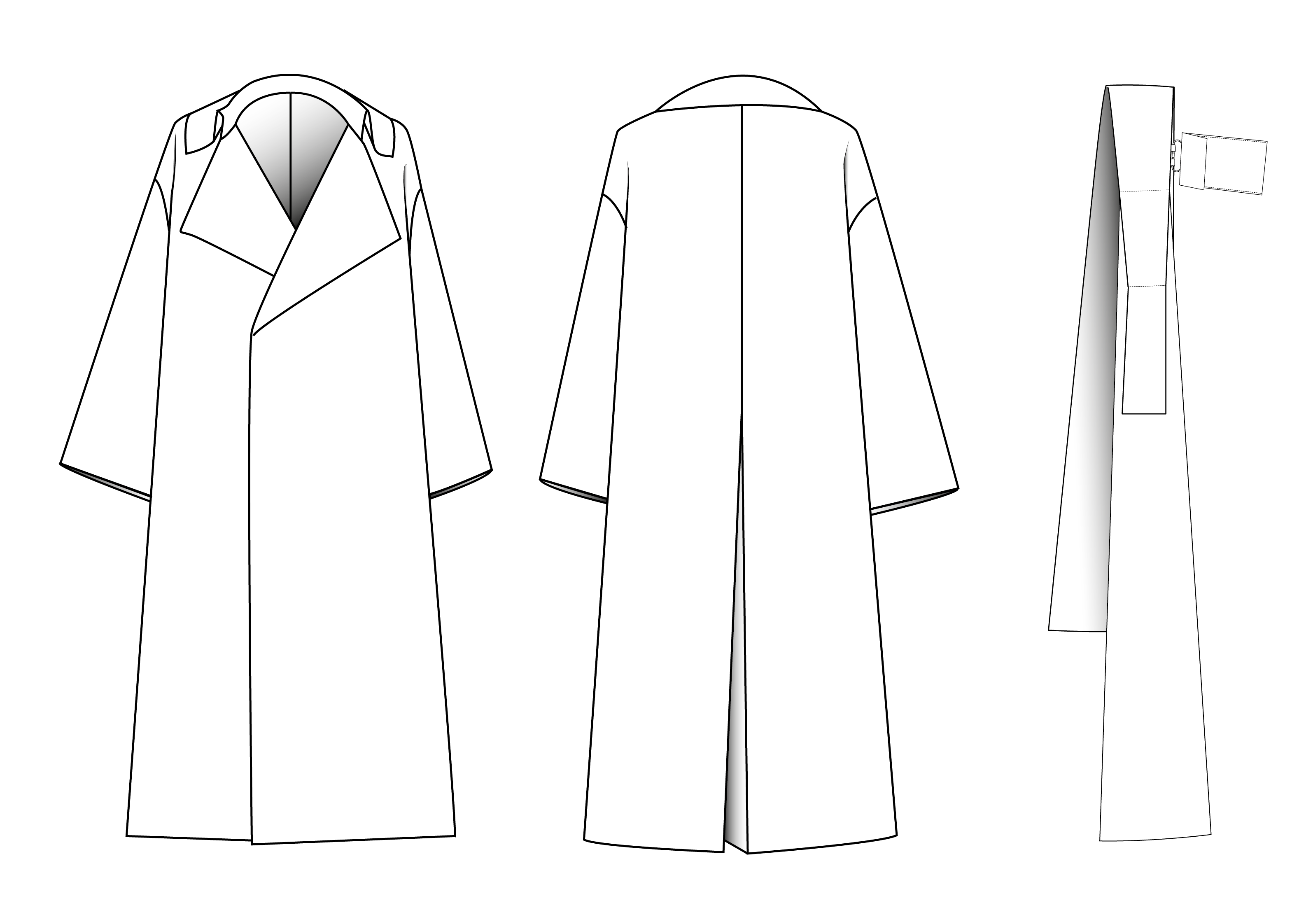
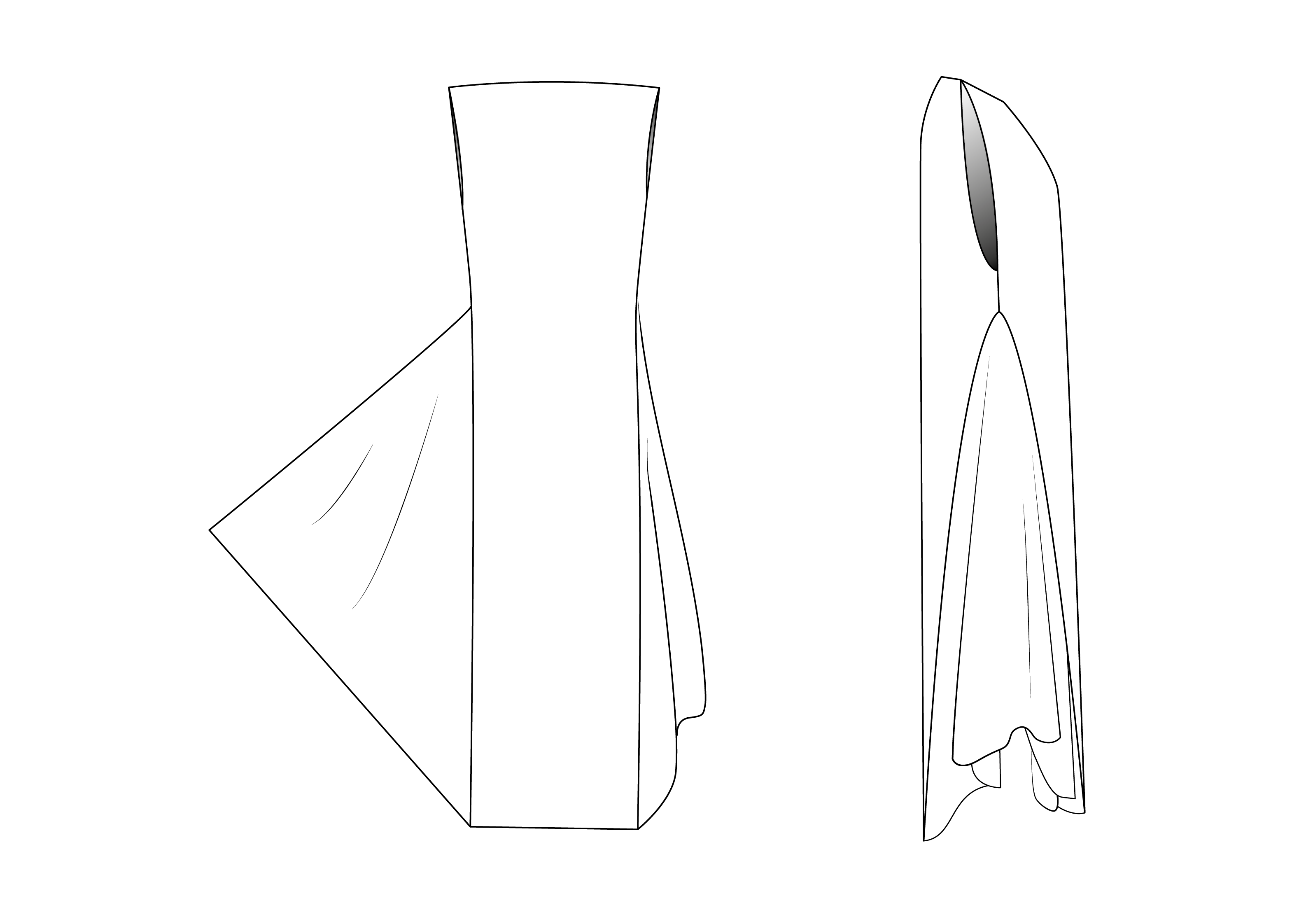
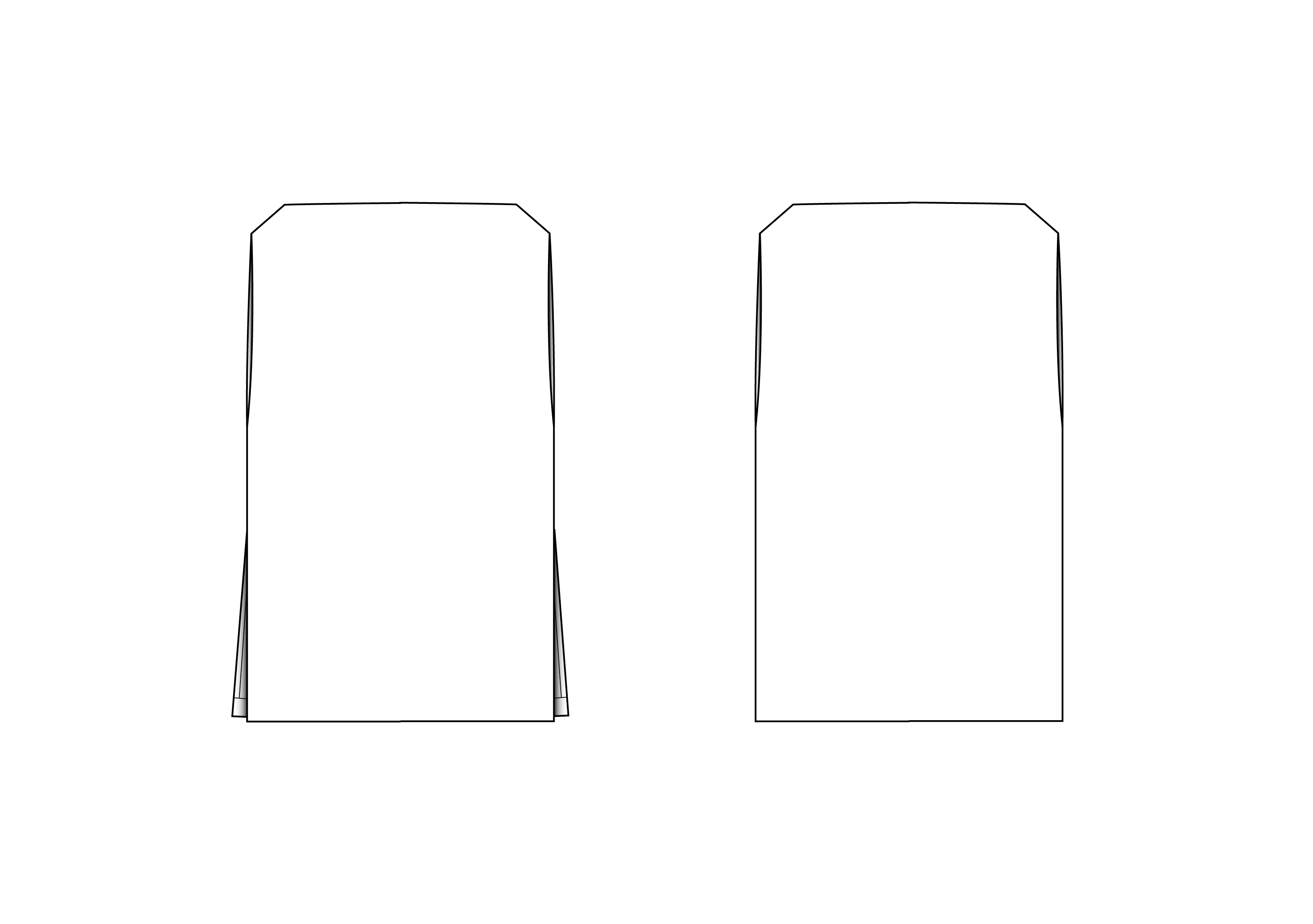
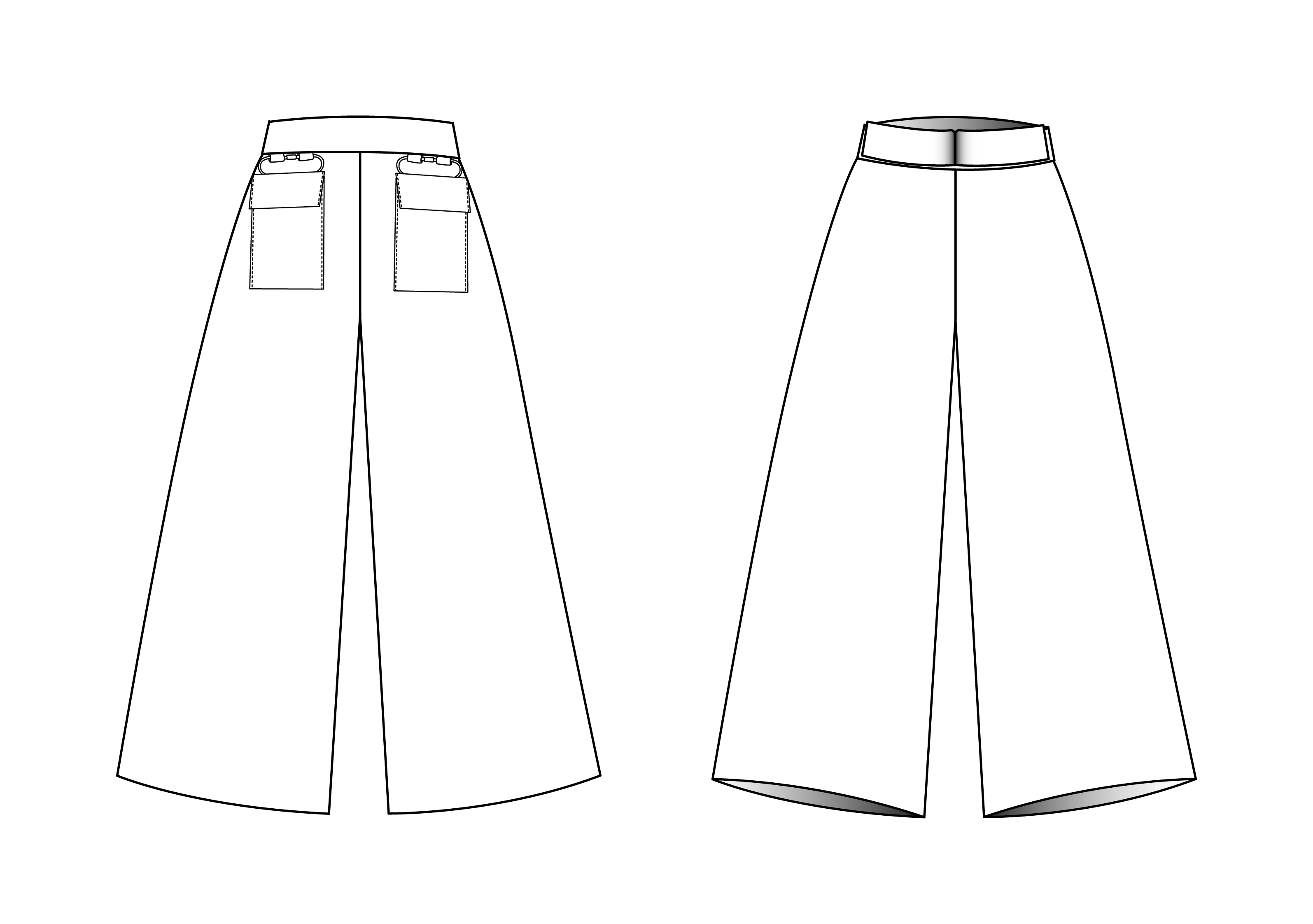
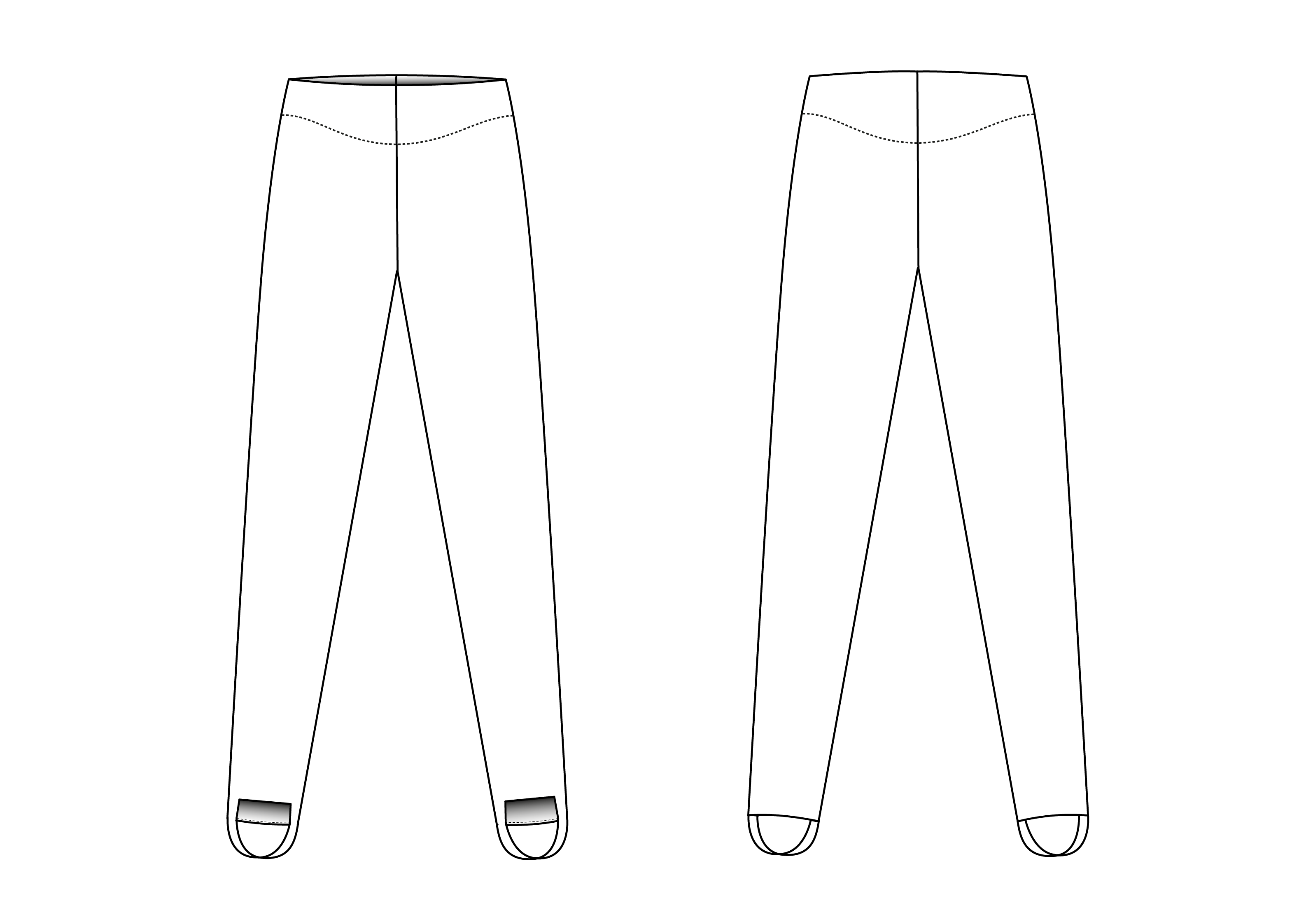
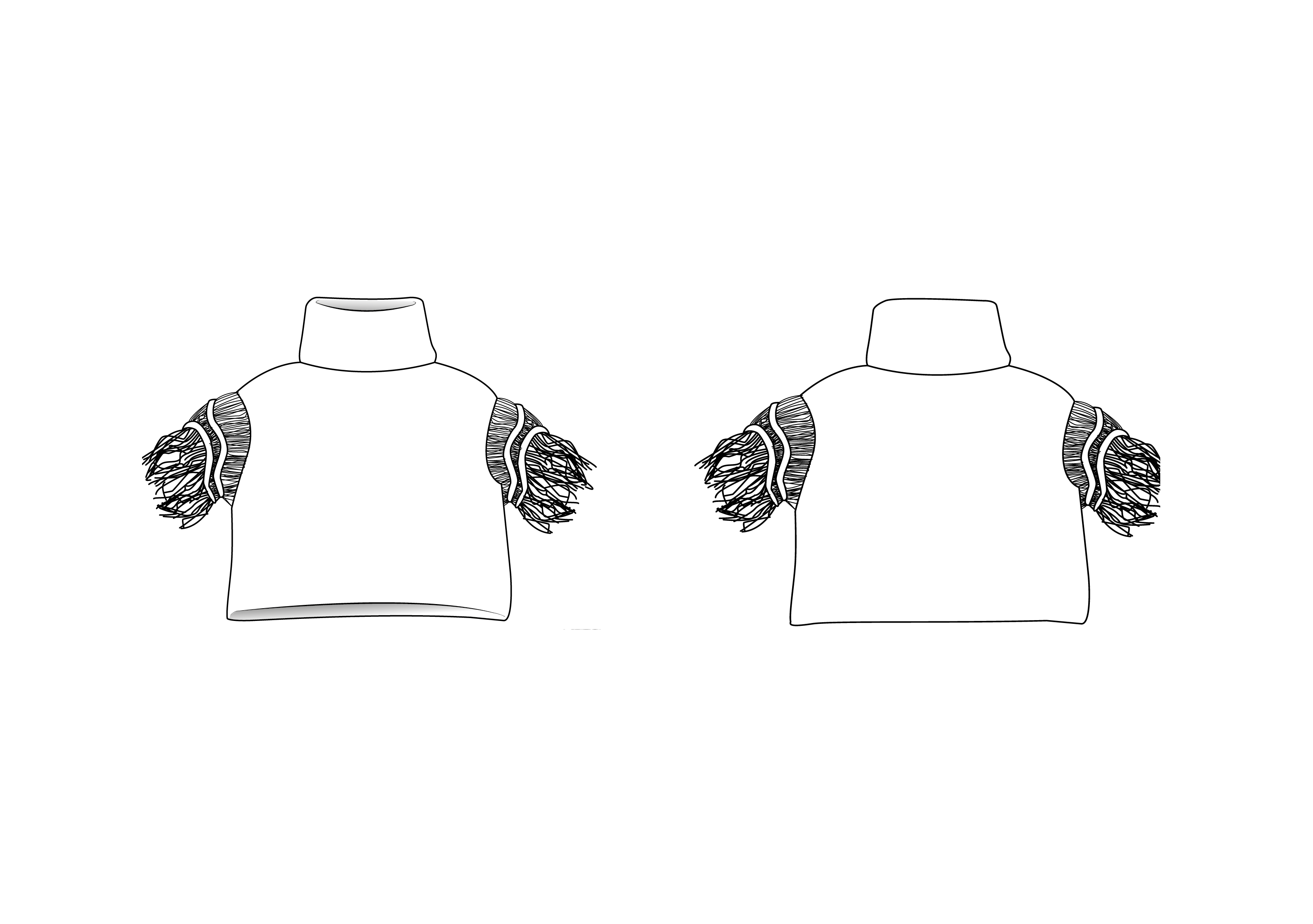
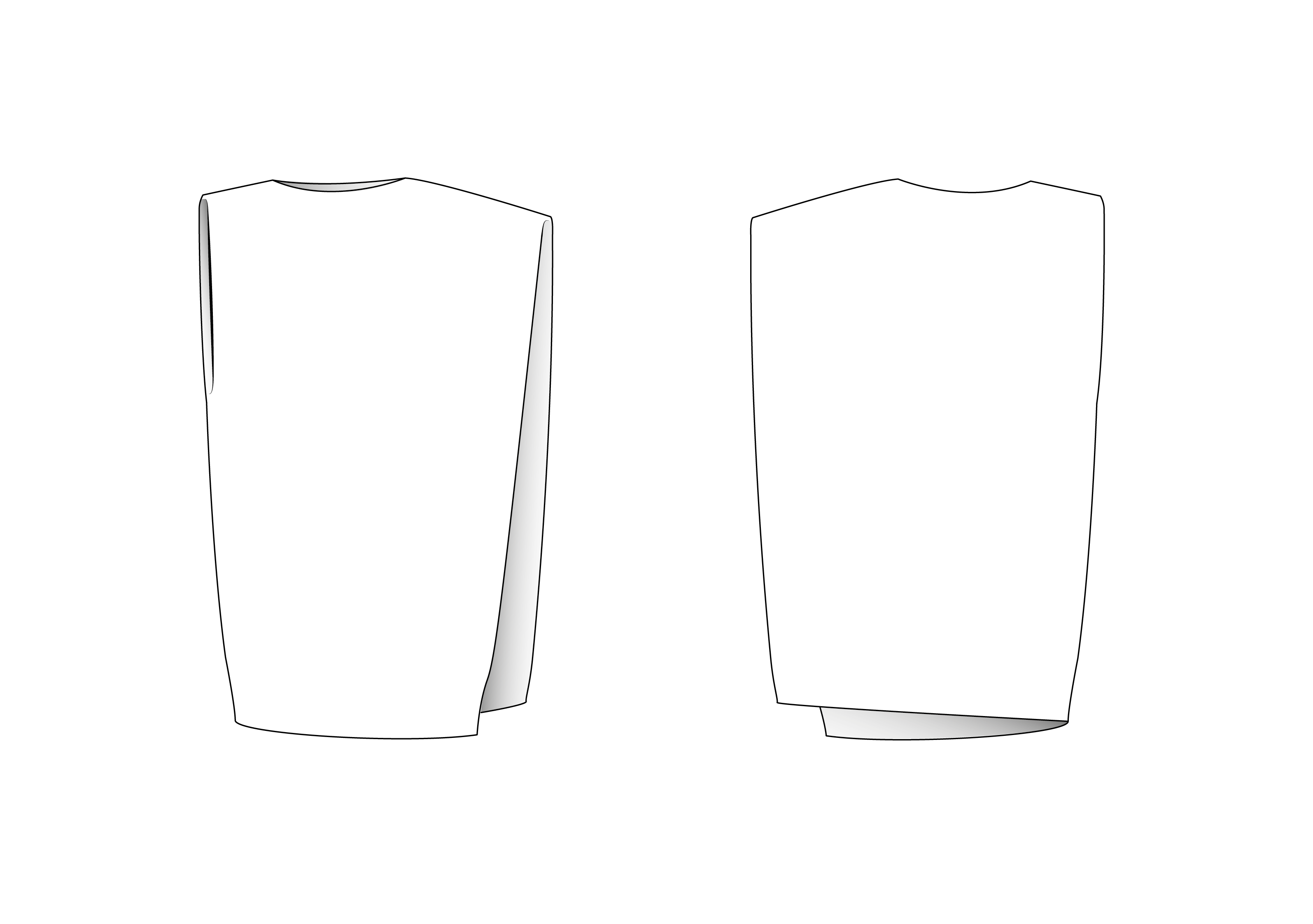

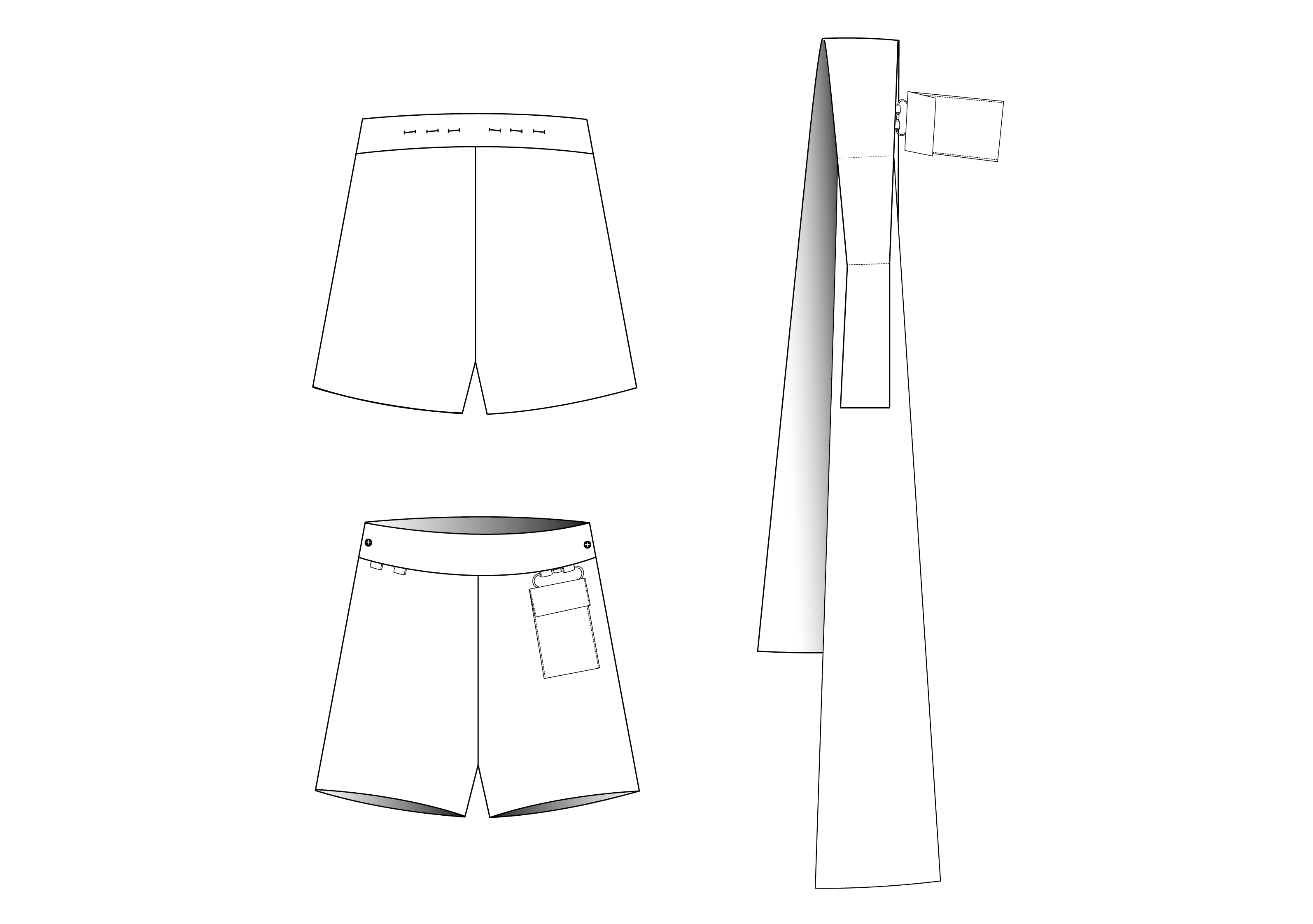












PROJECTS
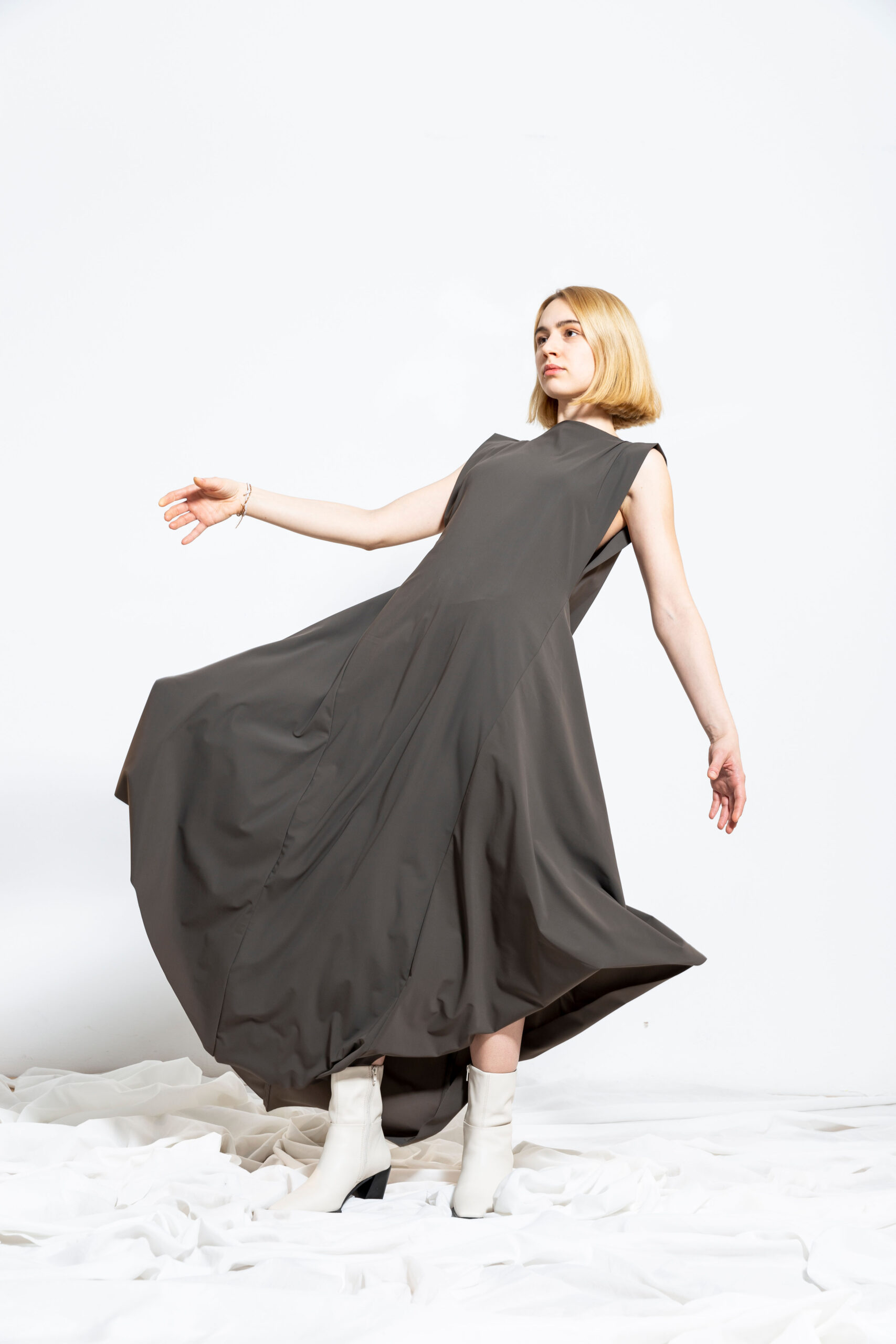
NEXT FASHIONBACHELOR
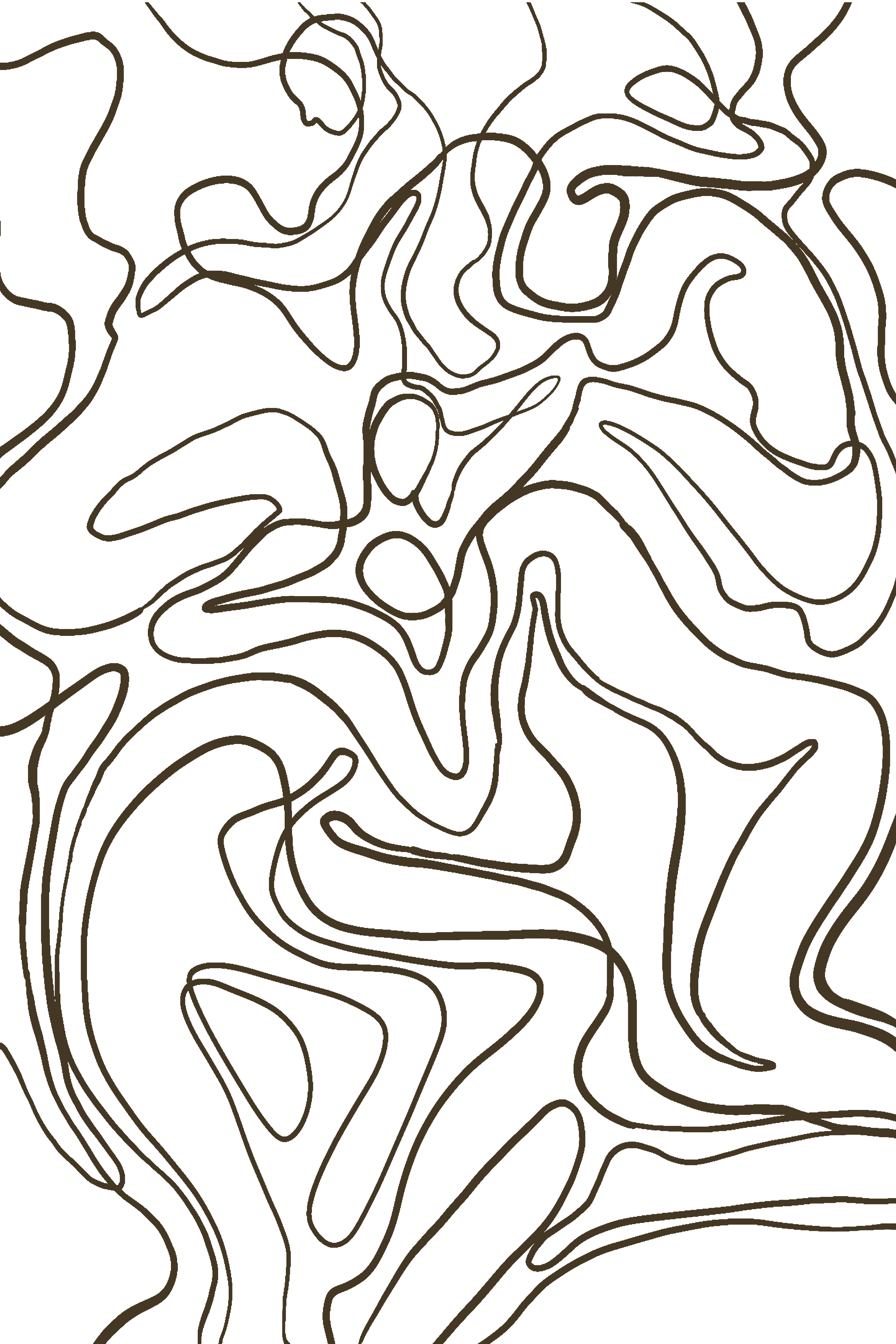
MERCH/ PRINTSProject type
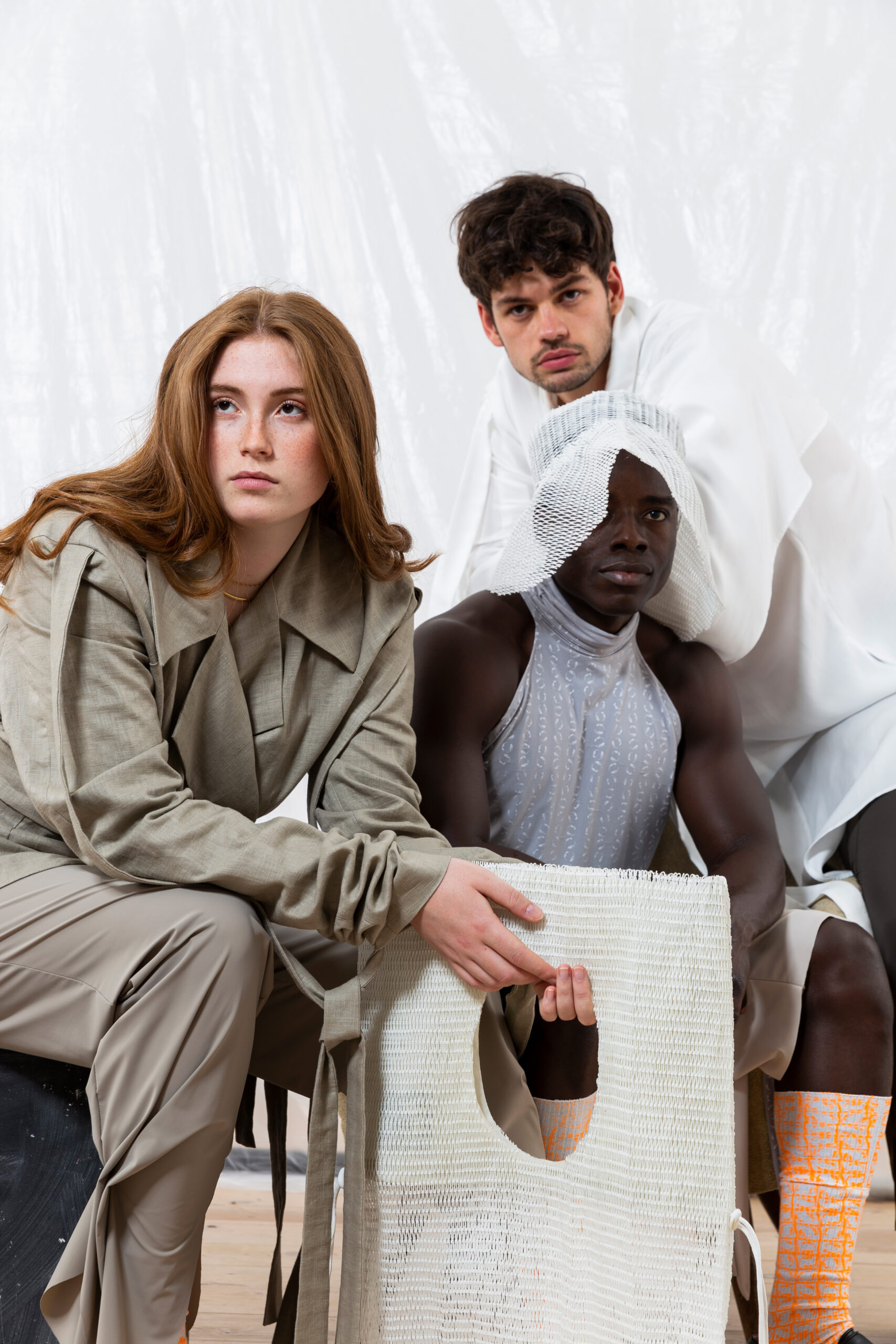
bELOved6 TH. SEMESTER
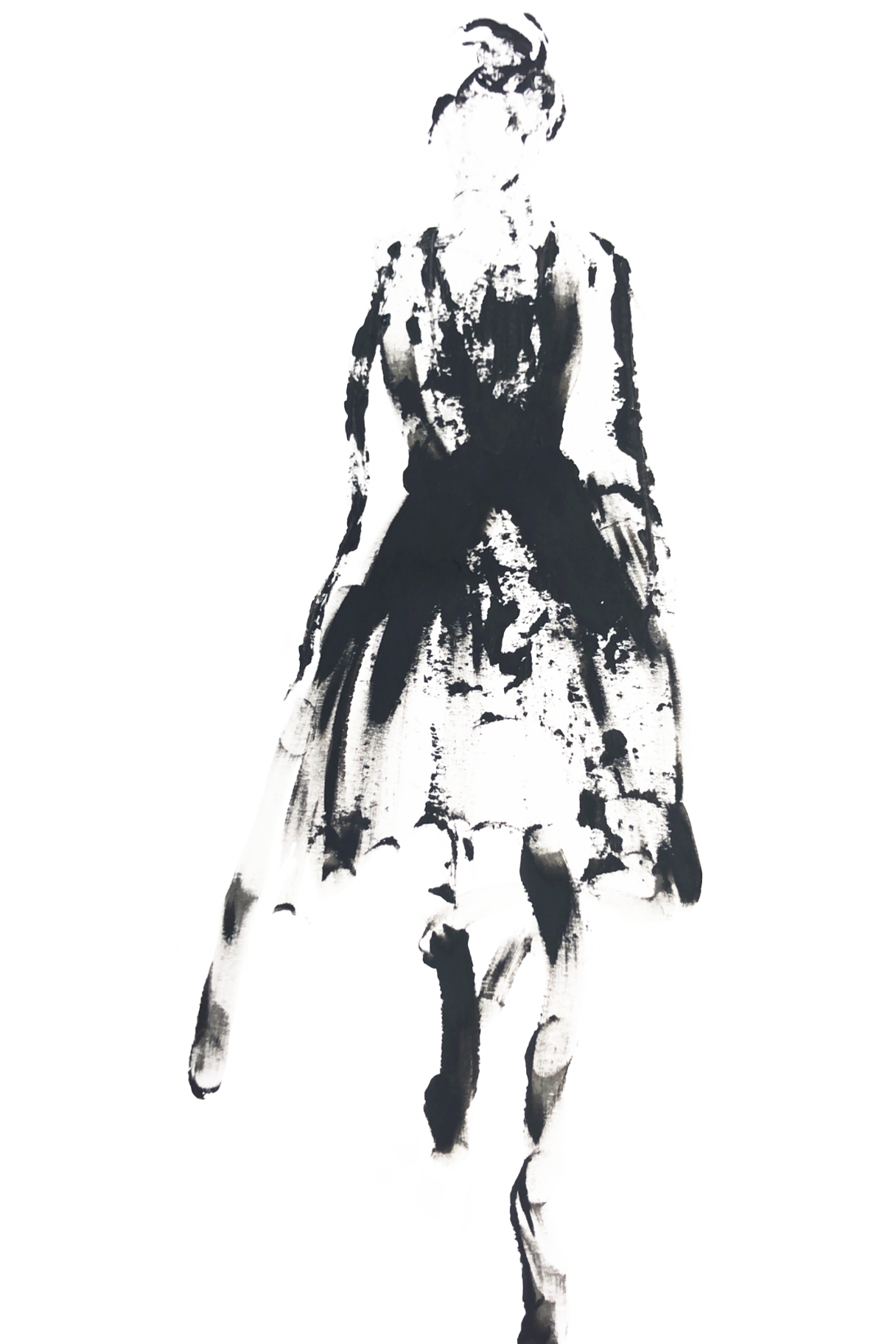
ARTISITC WORKILLUSTRATIONS/ DRAWINGS
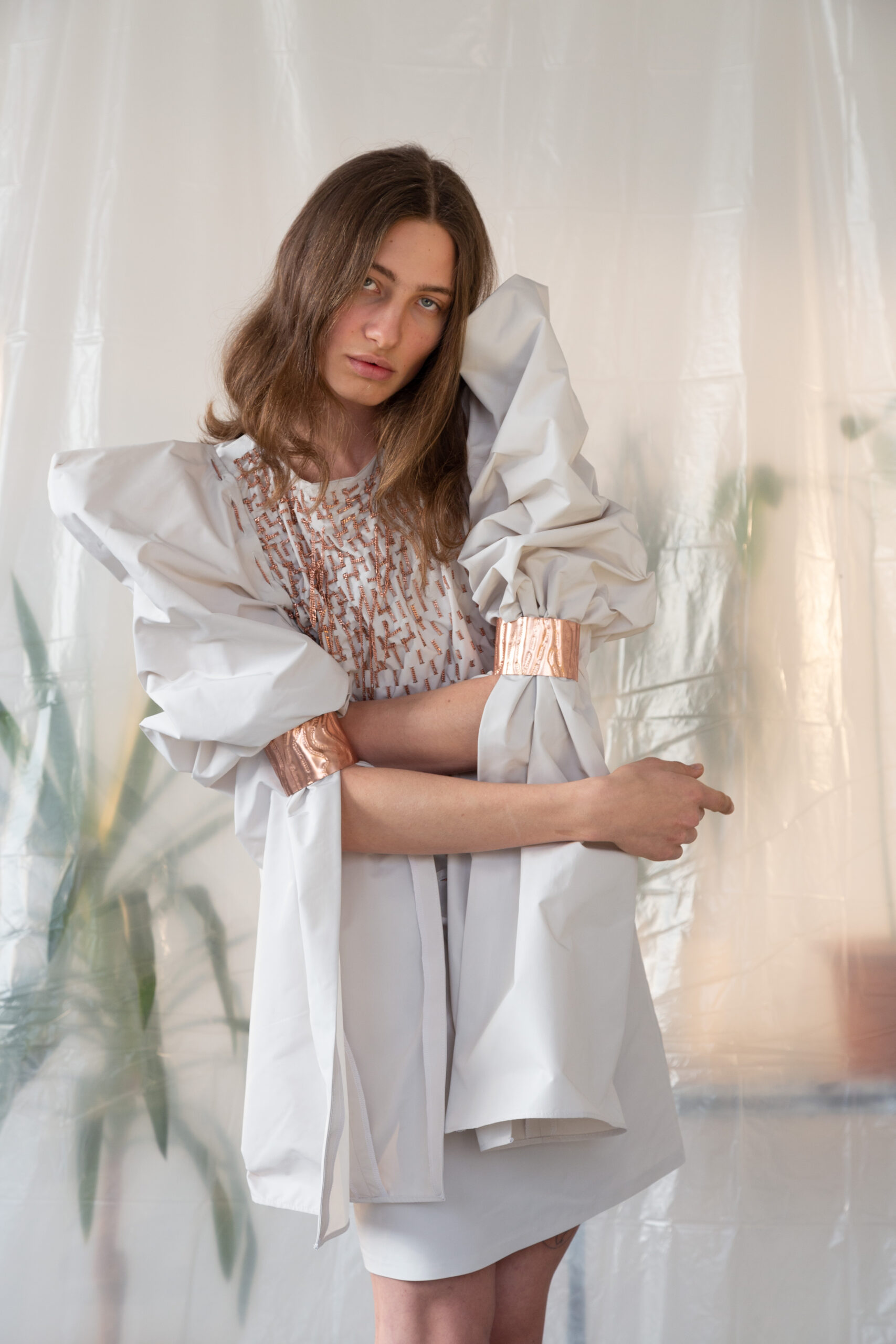
TRANSIT4TH SEMESTER
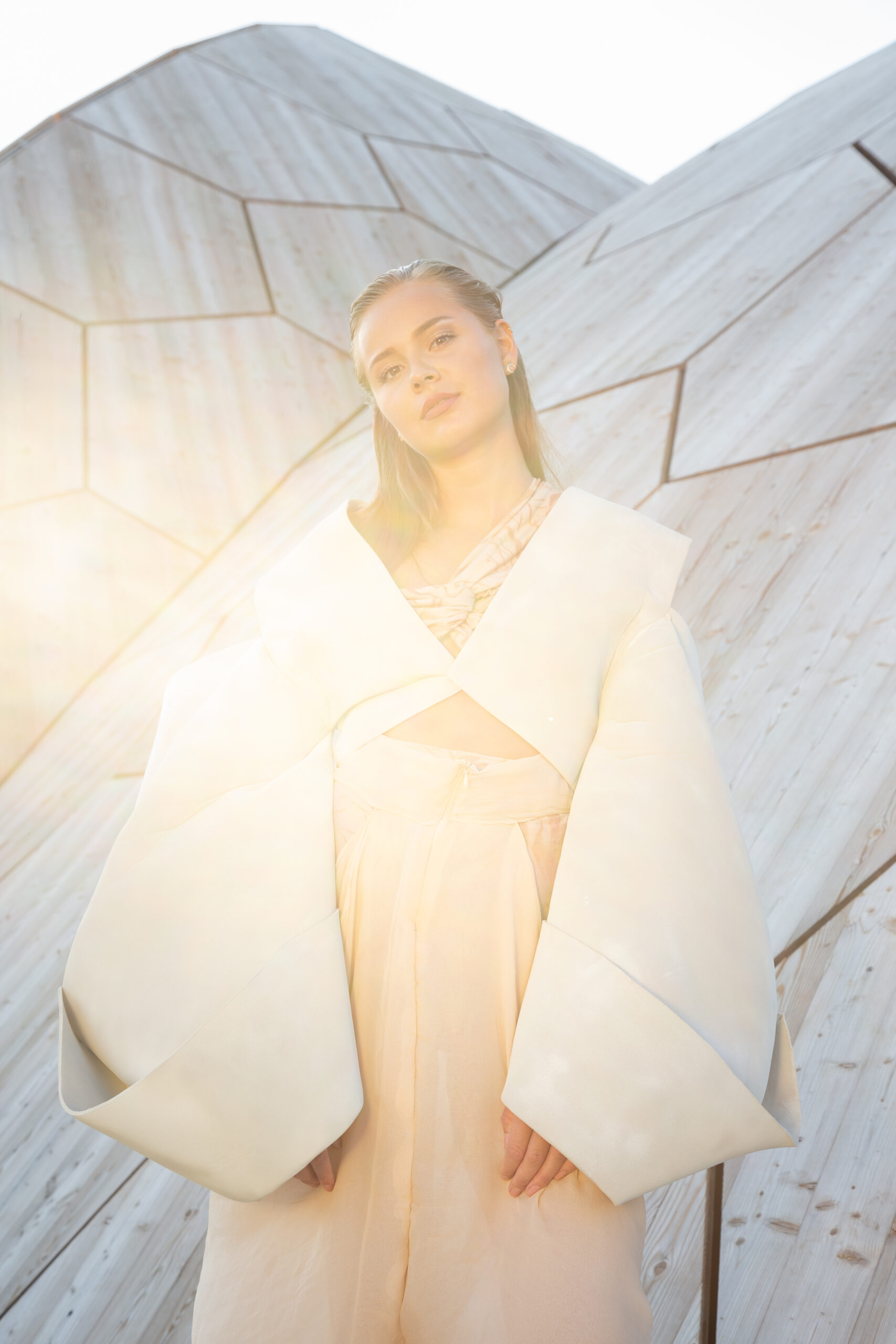
PAVILION3RD SEMESTER
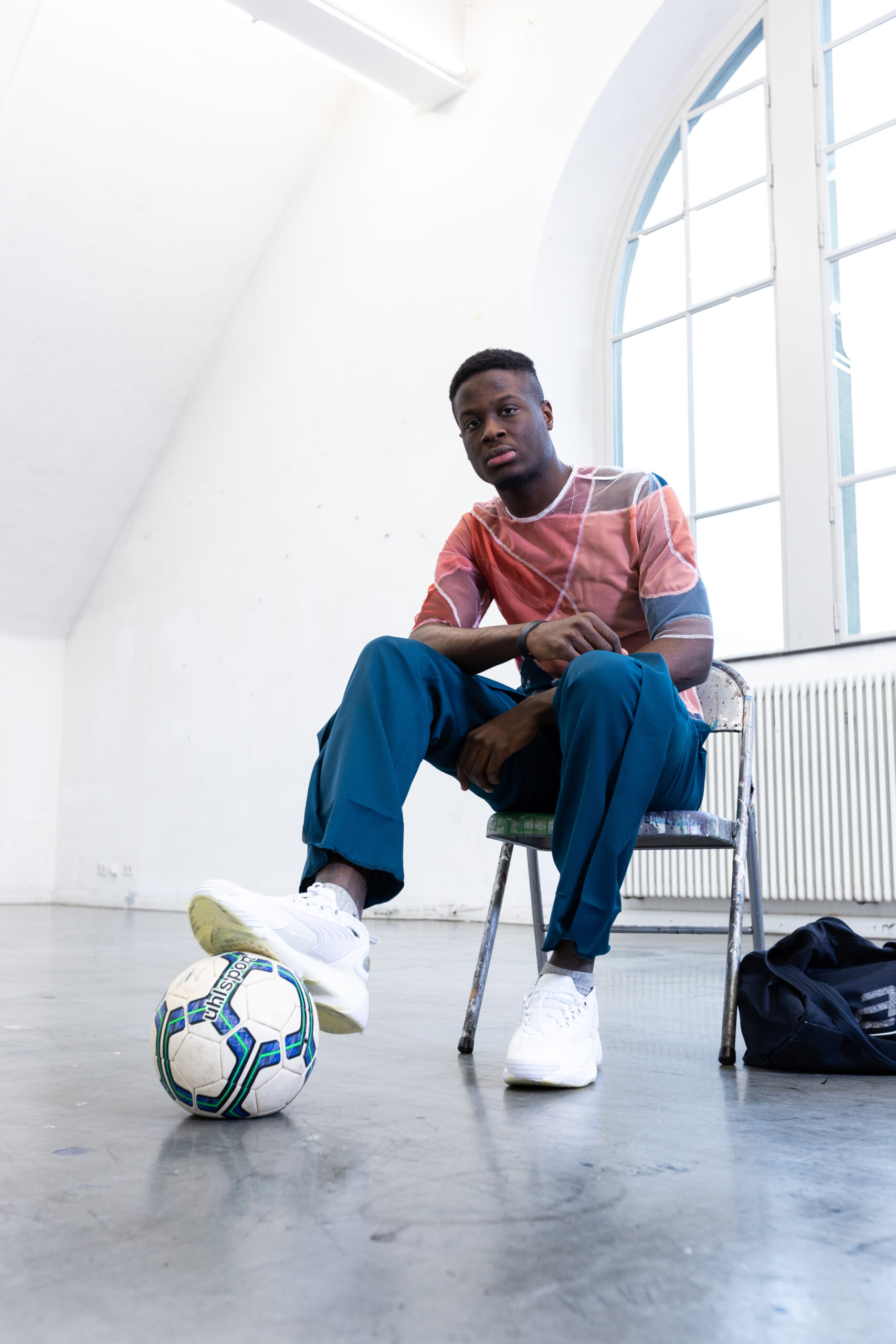
TRANSCULTURALMANHOOD2ND SEMESTER
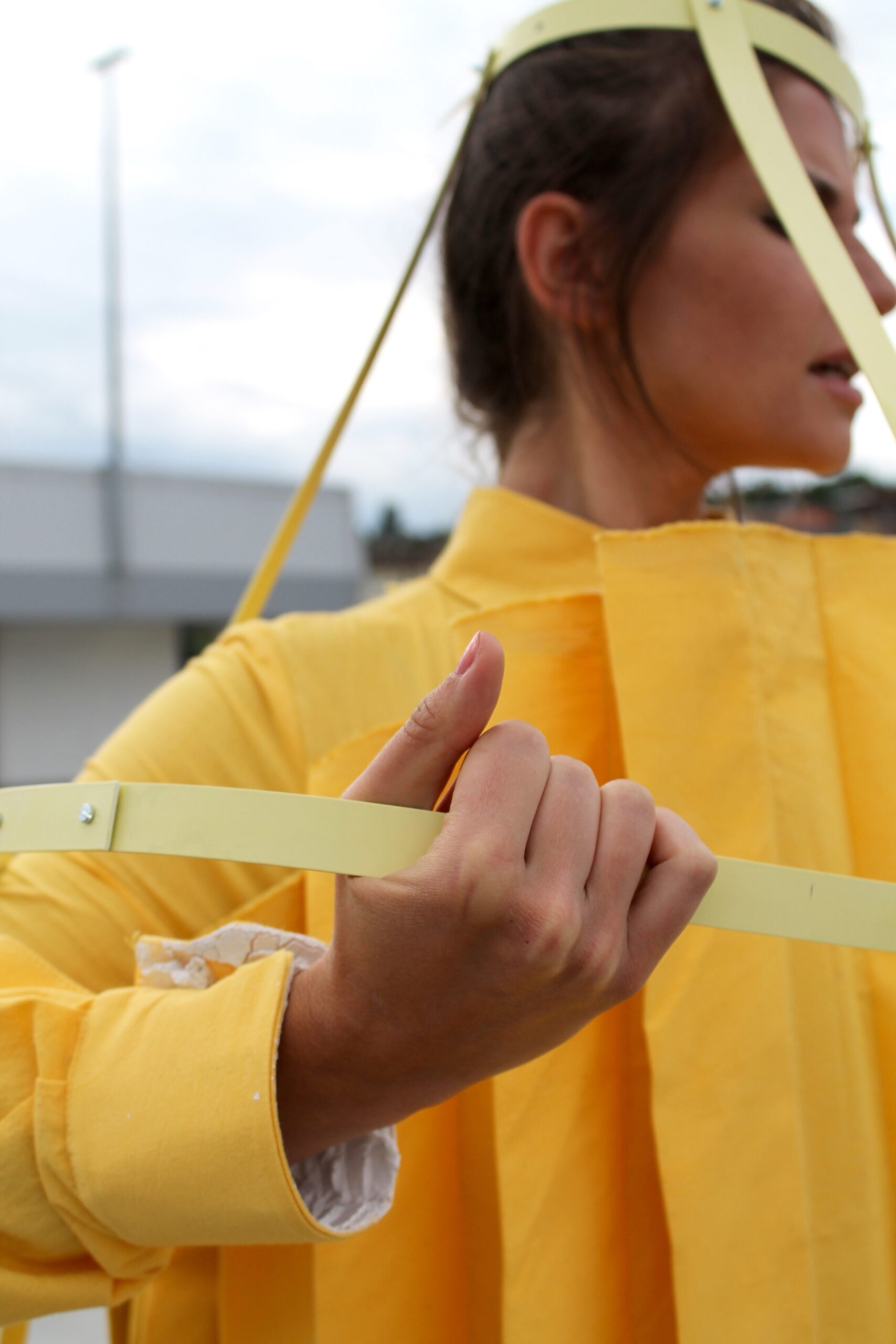
BRUTALISM YELLOW SHIRT1ST SEMESTER
